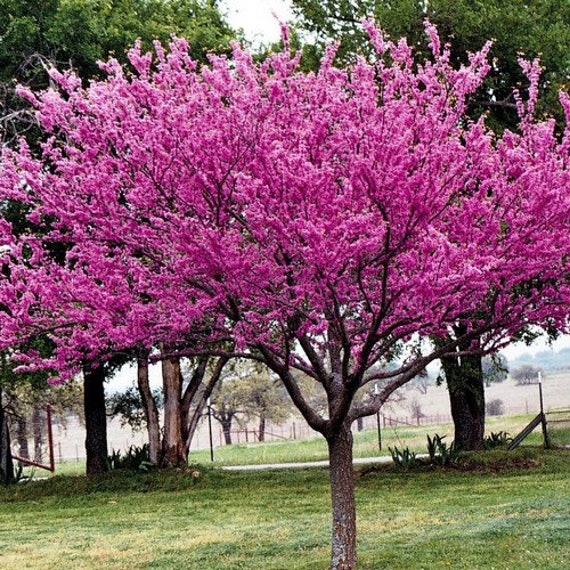Plants these in your yard for beautiful early spring blooming
After a long, dreary winter, it's always a delight to see the first signs of spring -- especially when they're beautiful blossoms opening up throughout your landscape!
Want to plant some of the earliest blooming beauties in your neighborhood?
Browse through some of our top-selling early bloomers below and call to order your favorites today! And don't hesitate to call if you have questions -- we're always here to help you decide what will work best for you.
Yellow Trillium
Known to live up to 25 years, Yellow Trillium loves the early spring sunshine and shows it. This lively plant is also known as:
Toadshade - due to its looking like an umbrella for a toad
Wakerobin - since it pops up with the first robins of spring.
Birthroot - as it's been used as an aid to childbirth for many years.
With 39 native Trillium species found mainly in the eastern U.S., Yellow Trillium has a light, lemony fragrance and grows naturally throughout Kentucky, Georgia, Tennessee, and North Carolina.
Creeping Phlox

A favorite perennial groundcover, Creeping Phlox, is known for its beloved early spring blooms. These beauties produce fragrant blossoms that attract pollinators like hummingbirds and come back yearly.
Let Creeping Phlox spread and spill all over your landscape for a breathtaking introduction to Spring Plant! Be sure you plant them at least two feet apart with plenty of access to sunlight for best results.
Crested Iris

Named for the yellow crest tufts in its center, the gorgeous lavender (occasionally some are white) Crested Iris is stunning to behold in bloom, especially in a group. Since they usually bloom at once, it's an eye-catching scene to find numerous plants together in full bloom.
Care for them well, and they will spread happily throughout your landscape as a ground cover -- but be sure only to purchase them from plant sellers and never take them from the wild. They are said to be sparse in most of their usual native zones. Expect first blooms to dazzle around early April.
Oak Leaf Hydrangea
With lovely whitish-green blooms opening during the spring when young, then later changing to dusty pinkish-brown as they mature, Oak Leaf Hydrangeas are primarily known for their leaves shaped like oak tree leaves.
It's recommended that they're planted in afternoon shade in the south, but less so in the north. Keep their soil well-drained and water them according to sun exposure (more water with more sun).
They have beautiful blooms, and their fall foliage color is also stunning.
Violets

Available in several colors, violets are among some of the earliest blossoms you'll see in the spring. With their pretty heart-shaped leaves, violets can tolerate cold weather well compared to other plants and spread beautifully as ground cover in part shade/part sun.
They are generally considered "low-maintenance" and are perfect for clipping into bouquets as cut flowers or planting in containers. They are always fragrant and sometimes edible, even found sprinkled into a salad or fancy cake recipes
Bloodroot
:max_bytes(150000):strip_icc()/Bloodroot_Wildflower-56a0e4265f9b58eba4b4e4e0.jpg?em-origin=www.verywellhealth.com&em-format=auto)
Known as a welcome first sign of spring in many woodland areas, Bloodroot is named for the dark reddish-colored fluid that seeps out of its roots and stems. Ants disperse the seeds while bees and flies pollinate their flowers, although they produce no nectar.
Some Native American tribes once used the root medicinally, while others used it as a love charm. Early American settlers used it as a fabric dye.
Don't expect it to last all summer long -- It arrives first thing in the spring, blooms, and then withers down until there is nothing detectable left of it above ground.
Order your Bloodroot here
Redbud tree

A Redbud tree in full spring bloom is quite a sight to behold. Not only is it covered in tiny, pretty pink blossoms, but it attracts several different types of butterflies and other pollinating insects, as well as the northern bobwhite, chickadee, and other songbirds, to eat the seeds.
George Washington wrote in his diary about the Redbud and transplanted some from the nearby forest into his home garden. These trees grow best in full sun or partial shade with well-drained, moist, rich soil. The Redbud is the state tree of Oklahoma.
Order your Redbud tree here.
Are you ready to buy or still have some questions?
Give us a call here at 931-692-4252Or email here





























































